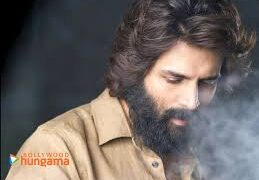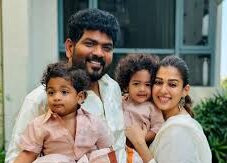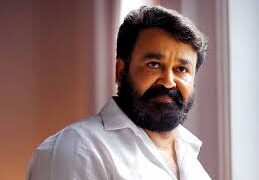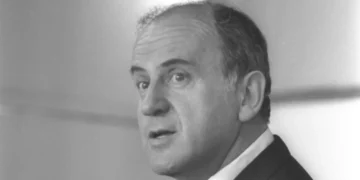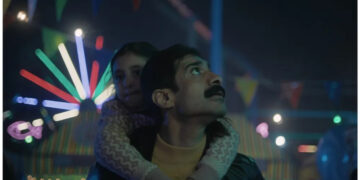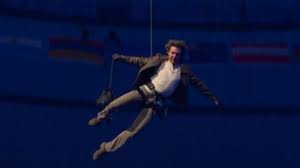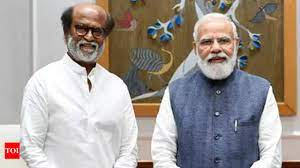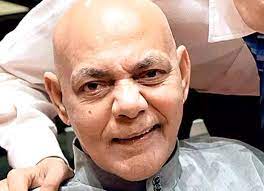Celebrating its 90th anniversary, Bombay Talkies remains a significant chapter in Indian cinema history. Established in pre-Independence India, the studio was closely associated with Mumtaz Ali, a multifaceted artist and the father of actors Mehmood and Anwar Ali.
Mumtaz Ali’s journey into the world of cinema began under the guidance of B. G. Horniman, the renowned editor of the Bombay Chronicle and a staunch supporter of India’s independence movement. In a 1943 interview with Film India, Horniman praised Ali’s artistry, highlighting his deep connection with his audience. Horniman, who had taken a personal interest in Ali’s career, once invited Himanshu Rai, co-founder of Bombay Talkies, to one of Ali’s stage performances. Rai was particularly impressed by a performance, only to discover that the standout performer was actually Mumtaz Ali disguised in a wig. This serendipitous encounter led Rai to offer Ali the position of dance director and choreographer at Bombay Talkies.
Ali quickly became an integral part of Bombay Talkies, not only choreographing but also acting in several of its films. His memorable performances and hit songs, such as “Aana Meri Jaan Sunday Ke Sunday” and “Chudi Main Laya Anmol,” became cultural staples, celebrated at weddings and public events.
Anwar Ali fondly recalls his father’s deep connection with Bombay Talkies, describing it as a second home. Mumtaz Ali was involved in every aspect of the studio’s operations, from teaching and choreographing to acting and dancing. His dedication and innovative dance style earned him the admiration and support of Bombay Talkies’ founders, Himanshu Rai and Devika Rani. Ali’s work at the studio not only provided him with a livelihood but also shaped his worldview, influencing his progressive approach to life and encouraging his daughters to pursue careers in dance and acting. This led to his daughter, Minoo Mumtaz, becoming a significant figure in Indian cinema.
Reflecting on his childhood memories, Anwar Ali vividly describes his first visit to the Bombay Talkies studio. Arriving in their family’s elegant Studebaker, the young Anwar was filled with awe and excitement as he explored the expansive grounds and sets of the iconic studio.
Today, the once-grand structure of Bombay Talkies lies in ruins. Despite its physical decay, Anwar Ali emphasizes that the studio’s legacy endures. Bombay Talkies was not just a workplace for its 400 employees and their families; it was a cultural beacon that produced groundbreaking films and touched millions of hearts. Ali believes that while the physical site may be in disrepair, the stories and history it holds remain vibrant. He advocates for efforts to restore Bombay Talkies, viewing such endeavors as invaluable for preserving the rich heritage of Indian cinema.
Mumtaz Ali’s contributions to Bombay Talkies are remembered through the timeless songs he choreographed. Classics like “Aana Meri Jaan Sunday Ke Sunday,” “Main to Dilli Se Dulhan Laya Re,” and “Chooriyan Laya Anmol Re” remain beloved pieces of Indian musical history. Despite the lively rhythms he brought to the screen, Ali often ended his days with the melancholic tune of Noor Jehan’s “Yahan Badla Wafa Ka Bewafai Ke Siva Kya Hai” from Dilip Kumar’s film “Jugnu,” perhaps reflecting the complex emotions tied to his era at Bombay Talkies.











